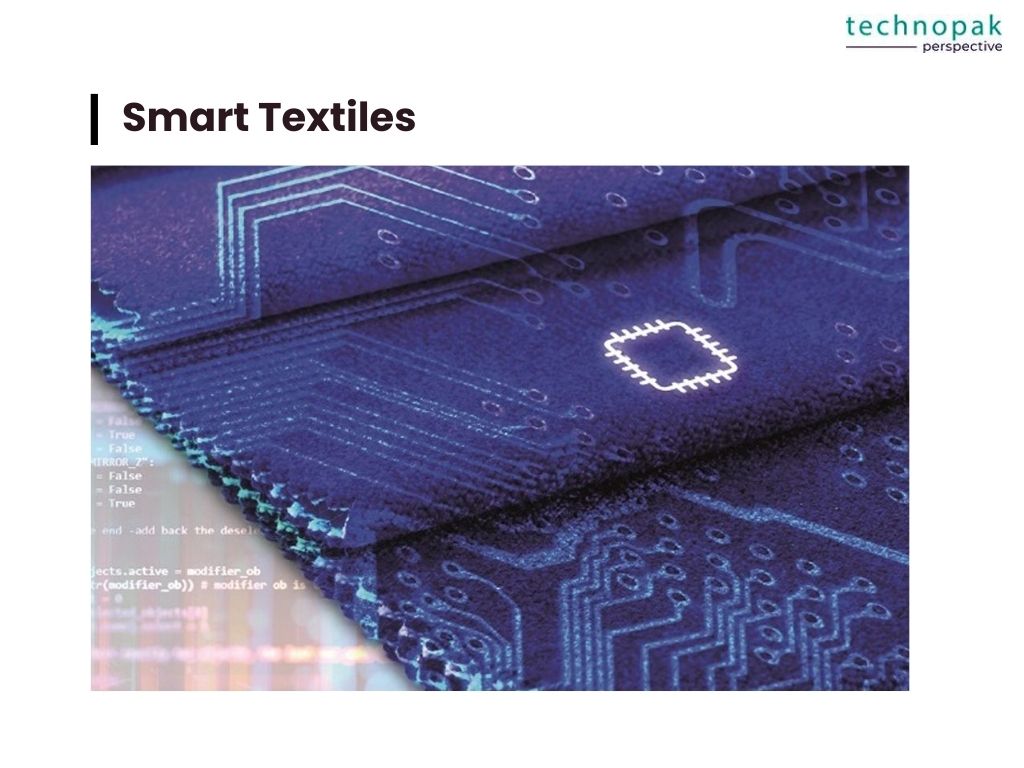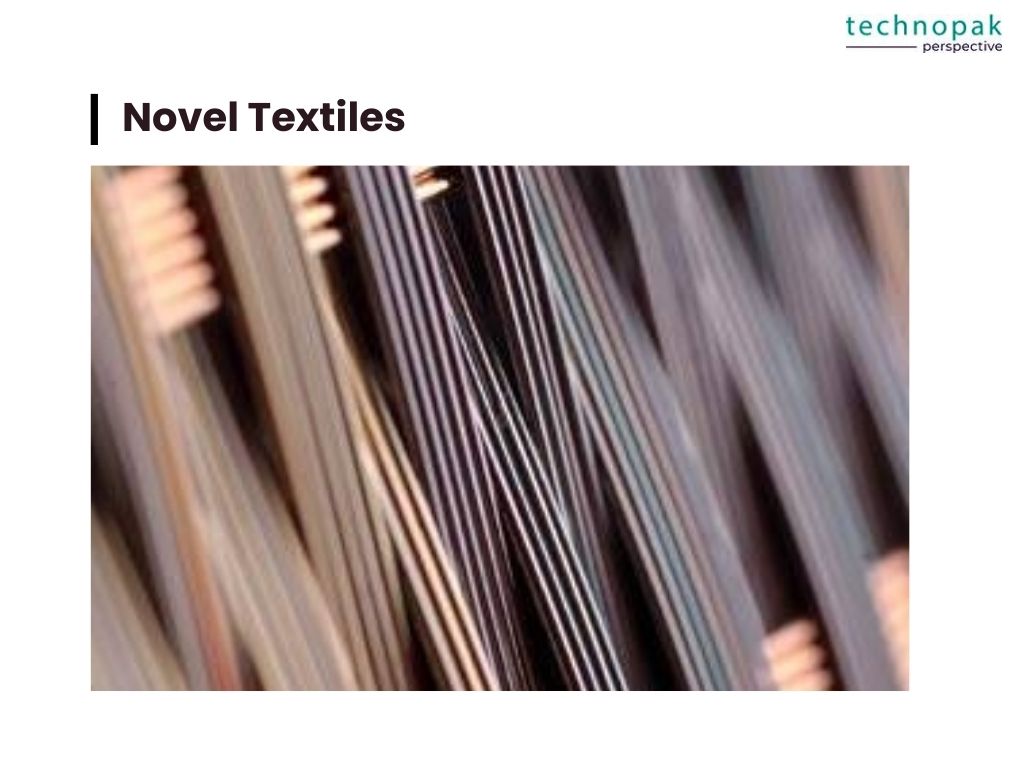The textile industry is one of the oldest and most important sectors in India, contributing to the economy, employment, and exports. The industry is also undergoing a rapid transformation, driven by the changing consumer preferences, technological innovations, and environmental concerns. In this blog post, we will explore the top 10 textile developments in India that are expected to shape the industry in 2024 and beyond.


Bharat Tex 2024 is the world’s largest textiles event, which will showcase the entire textile industry value chain, from India’s rich cultural heritage and textile traditions to the latest technological innovations. The event will be held from February 26-29, 2024 in New Delhi.
Bharat Tex 2024, will be a global textile mega event organised by a consortium of 11 Textile Export Promotion Councils and supported by the Ministry of Textiles, Government of India. This event will showcase the complete textile value chain, from fibres and yarns, fabrics, apparel and fashion to home textiles, handlooms, technical textiles, handicrafts and carpets, and intelligent manufacturing. It will also feature exhibitions, knowledge sessions, thematic discussions, G2G and B2B meetings, MoUs, product launches, and various other activities. Bharat Tex 2024 aims to draw global buyers, showcasing India’s rich heritage and potential in the international market. It will also highlight the themes of sustainability, resilience, and innovation in the textile sector2. Bharat Tex 2024 will be held from February 26-29, 2024 at the newly opened state-of-the-art venues – Bharat Mandapam at Pragati Maidan and Yashobhoomi at IICC, Dwarka, New Delhi. It is expected to be the largest textile event in the world, attracting multiple stakeholders including top policymakers, global CEOs, international exhibitors and global buyers.
The event aims to promote the Indian textile industry as a global leader, and to create new opportunities for trade, investment, and collaboration. The event will also highlight the achievements and challenges of the industry, and the initiatives taken by the government and the private sector to support its growth and sustainability.

Smart textiles are fabrics that can sense, communicate, and interact with the environment. They are integrated with sensors, actuators, and electronics, and have applications in various sectors, such as healthcare, sports, defense, and fashion.
Smart textiles can offer enhanced functionality, performance, and aesthetics, as well as address the challenges of sustainability and safety. For example, smart textiles can monitor the vital signs of the wearer, adjust the temperature and color of the fabric, generate electricity from body movements, and protect the wearer from harmful radiation and pollutants.
The Indian textile industry is investing in research and development of smart textiles, and collaborating with academic institutions and technology providers to create innovative products and solutions.

Sustainable textiles are fabrics that are produced and consumed in a way that minimizes the environmental and social impact of the textile industry. They are made from organic, natural, recycled, or biodegradable materials, and use processes that reduce the use of water, energy, and chemicals.
Sustainable textiles aim to improve the quality and durability of the products, while also enhancing the well-being of the workers and the communities involved in the textile production. They also help the industry to comply with the global standards and regulations on environmental and social responsibility.
The Indian textile industry is adopting sustainable practices, such as organic farming, natural dyeing, recycling, and circular economy, to meet the growing demand for eco-friendly products and to gain a competitive edge in the global market..

3D technologies are technologies that enable the creation of three-dimensional objects, models, and designs. They include 3D printing, scanning, and modeling, and have applications in various fields, such as engineering, architecture, art, and fashion.
3D technologies can offer faster prototyping, lower production costs, and greater design flexibility. They can also create novel fabrics and structures, such as 3D knitted fabrics and 3D woven fabrics, that have unique properties and functionalities.
The Indian textile industry is exploring the potential of 3D technologies, and using them to create customized and complex textile products.

AI and data analytics are technologies that enable the analysis and interpretation of large and complex data sets, using algorithms, machine learning, and artificial intelligence. They have applications in various domains, such as marketing, finance, healthcare, and education.
AI and data analytics can help the textile industry to optimize the production processes, enhance the product quality and performance, and improve the customer experience. They can also help the industry to forecast the demand, manage the inventory, control the quality, detect the defects, and personalize the products.
The Indian textile industry is adopting AI and data analytics, and leveraging the data generated from the various sources, such as sensors, machines, customers, and suppliers, to make informed decisions and improve the efficiency and profitability of the industry.

Immersive fashion is a trend that involves the use of virtual reality, augmented reality, and mixed reality to create immersive and interactive experiences for the customers. They are technologies that create simulated or enhanced environments, using devices such as headsets, glasses, and smartphones.
Immersive fashion can help the textile industry to provide product visualization, virtual fitting, online shopping, and gamification. They can also help the industry to create new and innovative products and services, such as virtual fashion shows, digital fashion collections, and virtual influencers.
The Indian textile industry is experimenting with immersive fashion, and using it to engage and attract the customers, especially the younger and tech-savvy generation.

Novel textiles are fabrics and materials that are new and innovative, and have enhanced functionality, performance, and aesthetics. They include nanofibers, biodegradable fibers, conductive fibers, and self-healing fibers, among others.
Novel textiles can offer various benefits, such as improved strength, durability, flexibility, breathability, and comfort. They can also offer various functionalities, such as antibacterial, antiviral, anti-odor, anti-static, and anti-wrinkle.
The Indian textile industry is developing novel textiles, and using them to create value-added and differentiated products and solutions.

Advanced apparel manufacturing is a trend that involves the adoption of advanced manufacturing technologies, such as robotics, automation, and digitalization, to improve the efficiency, productivity, and quality of the apparel production processes.
Advanced apparel manufacturing can help the textile industry to reduce labor costs, human errors, and environmental impact. They can also help the industry to increase the speed, accuracy, and consistency of the production.
The Indian textile industry is adopting advanced apparel manufacturing, and using them to modernize and upgrade the production facilities and equipment.

Customization and personalization are trends that involve the creation of tailor-made and unique textile products, according to the preferences and needs of the customers. They include aspects such as size, shape, color, pattern, style, and design.
Customization and personalization can help the textile industry to increase customer satisfaction, loyalty, and engagement. They can also help the industry to create a competitive edge in the market, and to cater to the niche and emerging segments.
The Indian textile industry is offering customization and personalization, and using them to provide value-added and differentiated products and services.

Geopolitical risks and economic uncertainties are challenges that the textile industry faces in the global market, due to the factors such as trade wars, tariffs, sanctions, currency fluctuations, and pandemics. They can affect the supply chain, demand, and profitability of the textile industry, and require strategic planning and risk management.
The Indian textile industry is coping with geopolitical risks and economic uncertainties, and using them to diversify and expand the market, and to leverage the opportunities and advantages. The industry is also collaborating and integrating with the regional and global partners, by participating in free trade agreements, attracting foreign investment, and enhancing the quality and standards.
Besides the above mentioned 10 developments, 2 noteworthy policy developments in the Indian textiles space include:
With technological advancements and changing industry dynamics, the textile workforce would require upskilling and reskilling. Training programs and vocational institutes might play a vital role in imparting necessary skills to the workforce. Furthermore, there could be a shift towards a more collaborative and interdisciplinary approach, where professionals from various domains work together to drive innovation and efficiency
With the Indian government actively supporting the textile industry through various policies and initiatives. In the coming years, this support is expected to continue and further strengthen. Some of the key policies include the Extra-Long Staple (ELS) cotton policy, the National Technical Textiles Mission, the Production Linked Incentive (PLI) scheme, the Mega Investment Textiles Parks (MITRA) scheme, and the Integrated Textile Parks (ITP) scheme . These policies aim to boost the production, quality, and competitiveness of the Indian textile industry, both domestically and globally.
The Indian textile industry is undergoing a remarkable transformation, driven by innovation, sustainability, and consumer demand. With a market size of 223 billion USD, India is the second largest producer of textiles in the world after China. The industry is expected to grow further in 2024, as it embraces new trends such as technical textiles, man-made fibres, and eco-friendly practices. India is also poised to become a global leader in textile exports, with a target of 100 billion USD by 2030. The textile industry in India is not only a source of livelihood for millions of people, but also a reflection of the country’s rich culture and heritage. As we look forward to 2024, we can expect to see more exciting developments in this vibrant and dynamic sector.